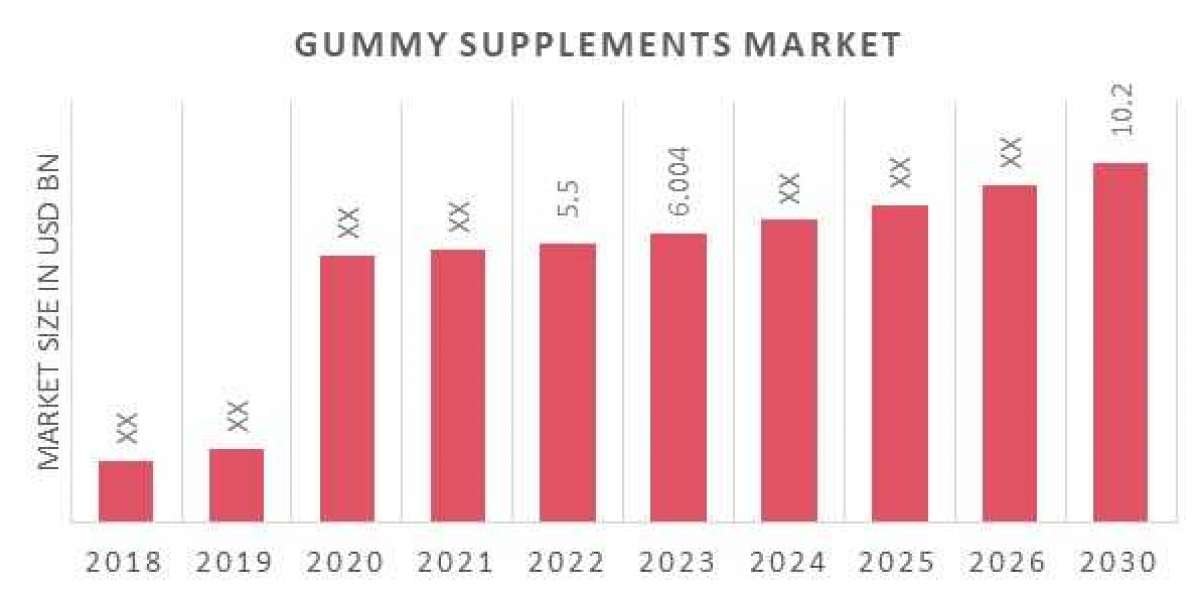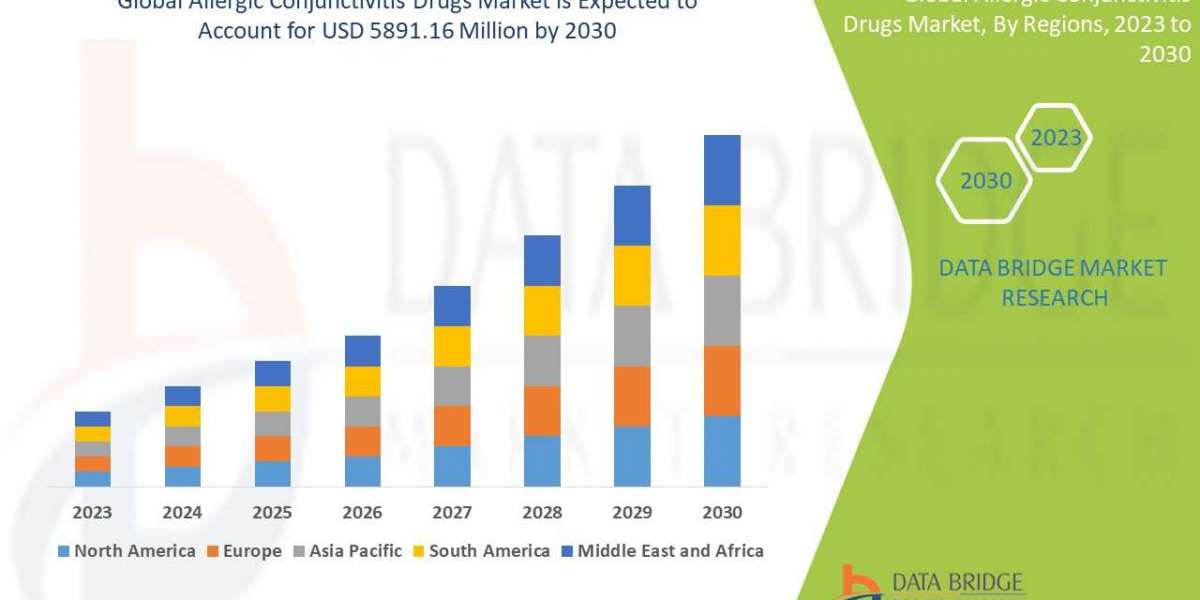The dental implant market is experiencing robust growth worldwide, driven by advancements in implant materials, procedures, and rising demand for aesthetic dental care. According to a recent report by Market Research Future, the global dental implants market is segmented based on material types, implant procedures, and end-user applications, presenting a dynamic landscape for healthcare providers, manufacturers, and patients alike.
1. Market Overview and Key Drivers
Dental implants have become a preferred solution for tooth replacement due to their durability, functionality, and resemblance to natural teeth. Increasing awareness about dental health, a growing aging population, and a rise in oral diseases have propelled the market's expansion. Additionally, innovations in implant technology and techniques have contributed to the demand for minimally invasive procedures, providing patients with more accessible options.
2. Type of Material: Titanium vs. Zirconium
Titanium Implants: Known for its durability and biocompatibility, titanium remains the most widely used material for dental implants. Titanium implants integrate effectively with the jawbone, a process known as osseointegration, which ensures long-term stability and success. Titanium implants are versatile, compatible with various bone structures, and suitable for patients needing single or multiple teeth replacements.
Zirconium Implants: Zirconium is a ceramic material that offers an alternative for patients seeking a metal-free implant solution. It boasts aesthetic advantages, especially for front teeth, as zirconium implants are tooth-colored and blend seamlessly with natural teeth. Although less common than titanium, zirconium implants are gaining traction due to their hypoallergenic properties and high strength, making them an attractive choice for those with metal sensitivities.
3. Procedures: Root-Form vs. Plate-Form Dental Implants
Root-Form Dental Implants: The root-form implant is the most common and mimics the natural shape of a tooth root, providing a strong foundation for single or multiple teeth. This type of implant requires a good bone structure, often necessitating bone grafting for patients with insufficient bone density. Root-form implants are popular due to their stability and ability to integrate well with the jawbone, leading to successful and long-lasting outcomes.
Plate-Form Dental Implants: Ideal for patients with narrow or thin jawbones, plate-form implants have a flatter, elongated structure, making them suitable for areas with limited bone width. Plate-form implants do not require extensive bone grafting, offering an efficient and less invasive alternative for patients unable to support root-form implants. They provide a secure foundation, even in compromised bone areas, making them a viable option in cases of bone resorption.
4. End Users: Hospitals Clinics vs. Dental Research Laboratories
Hospitals Clinics: Hospitals and specialized dental clinics represent the primary end-users in the dental implants market, delivering dental implant procedures and treatments directly to patients. These settings offer the necessary expertise, facilities, and post-procedure care, ensuring a comprehensive patient experience from diagnosis to recovery. As dental implant adoption increases, hospitals and clinics continue to expand their services and infrastructure to cater to this growing demand.
Dental Research Laboratories: These laboratories are essential for advancing dental implant technology, materials, and procedures. Research labs collaborate with manufacturers and healthcare providers to test new materials, refine implant designs, and enhance procedural techniques. As dental technology advances, research labs play a critical role in improving implant quality, patient safety, and procedural efficiency.
5. Future Market Trends and Growth Potential
The dental implants market is anticipated to grow substantially, driven by technological innovations, increased awareness of dental care, and the rising demand for minimally invasive treatments. Both titanium and zirconium implants are expected to remain popular, with ongoing research into other biocompatible materials and digital technology integration, such as 3D printing and imaging, to further optimize implant precision and customization.
In conclusion, the dental implant market is a rapidly evolving field, with advancements in materials, procedures, and accessibility shaping its growth. With an increasing number of patients opting for long-lasting, aesthetically pleasing dental solutions, the market presents significant opportunities for manufacturers, clinicians, and researchers.
For more information visit at MarketResearchFuture
Other Trending Reports













